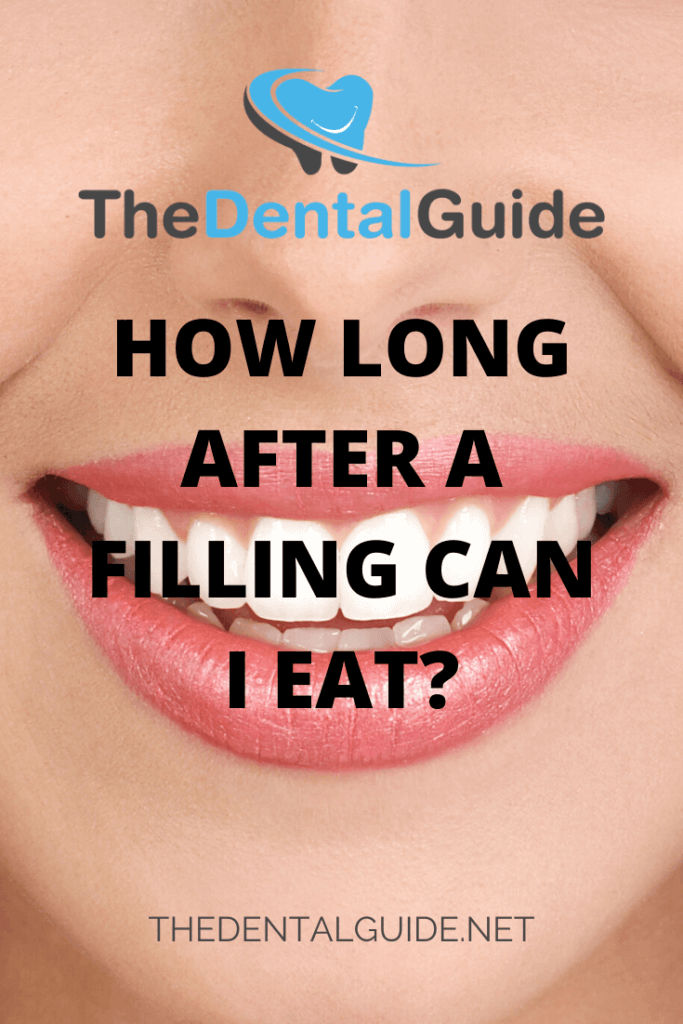Getting a tooth filled is a straightforward and common dental operation. Post-filling care is crucial, and patients must be careful when eating or drinking after a filling procedure. Depending on the type of filling, the foods you’re allowed to eat after the procedure can vary. Your dentist can recommend specific foods and drinks as part of your post-procedure care plan.
The Type of Filling Is Important
How long after a filling you can eat depends on the filling you get. The two most common types of tooth fillings are amalgam and composite. Depending on the nature of the filling material, you may be able to eat and drink immediately after the procedure, or you may want to wait several hours.
Silver/amalgam fillings don’t set immediately in the tooth, so it’s a good idea to wait twenty-four hours before eating solid foods. Patients who decide on an amalgam filling can drink water and consume liquid foods such as broths, juices, and smoothies immediately after leaving the dentist’s office.
Many dentists now frequently use resin-based or composite fillings, which instantly harden with the help of a UV-light, so patients can eat and drink once they leave the office. However, they may want to allow a full twenty-four hours to pass before enjoying a cup of coffee or a mustard-covered burger.
Composite fillings are typically off-white or white, and they can absorb colours and become stained during the first few days of usage. To avoid premature staining, it may be best to avoid food and beverages that are known to carry bright or staining colourants for a while.
Tips for Eating After a Filling
If you’re still numb after the procedure, you might want to hold off eating on the affected side. Numbness usually wears off in two or three hours, but it can be tough to assess how hot or cold something is during that period. Waiting for the anaesthesia to subside will prevent you from accidentally biting on your cheek, lips, or tongue.
While you wait for the filling to harden, you can chew on soft or cool foods. You can cut softer foods into smaller chunks and eat them on the non-affected side of your mouth. There might be a little soreness or pain at the filling site, but over-the-counter pain medication can help relieve it.
Dairy products, such as yoghurt, scrambled eggs, and cottage cheese are among the safest foods for eating after a filling. Cooked fruits or vegetables are also easy on your teeth. You can also puree vegetables and put them in a warm soup. Be sure to choose foods that are easy to chew and go down smoothly.
Sticky foods like gum, taffy, or caramel are also not recommended, as they can get stuck in your teeth and even dislodge the filling. Sugary drinks and foods can create further bacterial growth around the filling, so it’s a good idea to also avoid those for a while after a filling.
Some people use ice to ease discomfort after a filling, but ice can dislodge fillings, and the extreme cold won’t be good for sensitivity. Be sure to bite and chew gently, making sure to keep your mouth closed. Pushing too hard on the filling may cause slight discomfort, and your top and bottom teeth coming together may exacerbate that discomfort. However, that pain should subside with time.
Your dentist will likely prescribe a temporary or OTC pain reliever to help you manage any post-procedure pain. Following your dentist’s guidelines and recommendations is key to enjoying a meal after getting a tooth filled.
